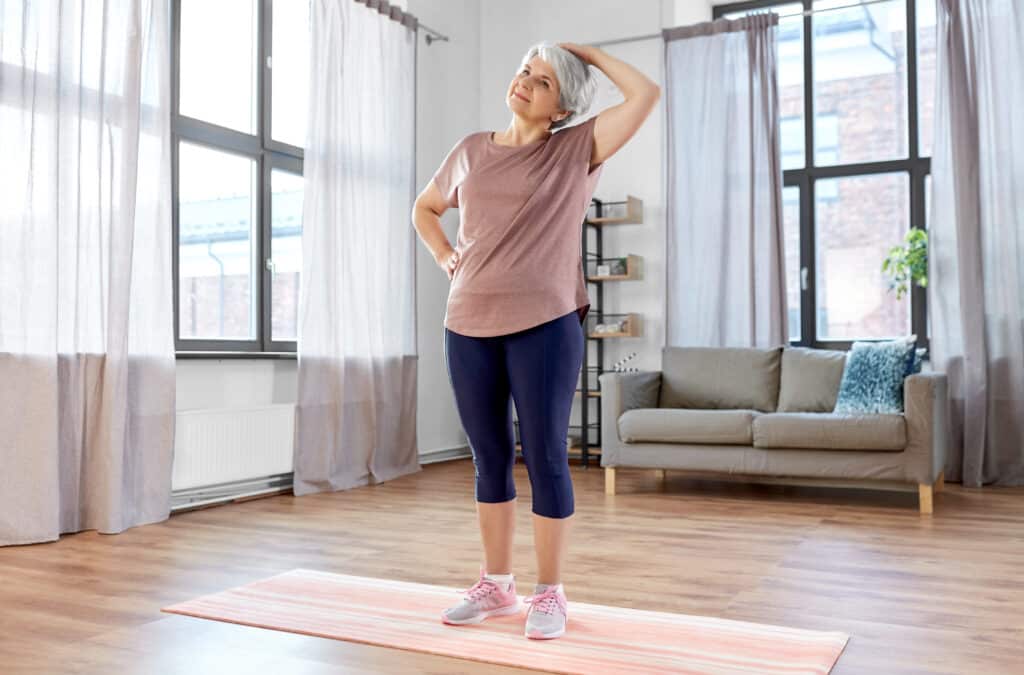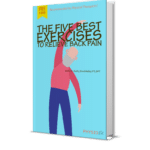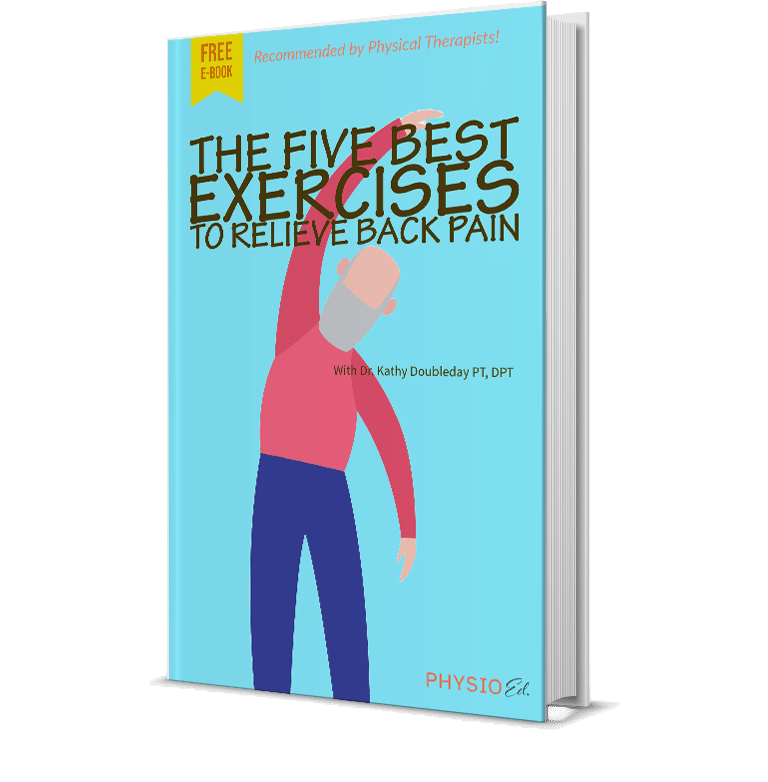If you’ve ever had neck and back pain, you know that it can make simple activities like driving your car uncomfortable.
For many older adults, finding strategies to improve comfort during driving can make a big difference in everyday life. By making the proper car seat adjustments and creating an action plan, you can enjoy less back and neck pain while driving for the long term.
Chronic back pain while driving isn’t always easy to remedy, but there are guidelines that you can follow to avoid back and neck pain in the car. Optimizing your driving setup, focusing on body mechanics, and using the proper exercises can help alleviate pain and make driving more enjoyable.
Let’s explore the causes of back and neck pain for older adults, how to ensure proper ergonomics while driving, and which exercises can help to manage chronic pain.
Common Causes of Back and Neck Pain While Driving
Many older adults struggle with pain while driving, especially during long drives.
This has some important implications, as back pain is associated with an increased risk of motor vehicle accidents and falls while not driving. (1)
While the exact causes of back and neck pain when driving can vary from person to person, some common causes include awkward positioning in your car or poor driving posture. Even something as simple as the constant whole-body vibrations caused by worn shocks can lead to pain for some people.
An awkward setup can involve:
A seat that’s too far back.
A steering wheel set too high.
A combination of various other factors.
When your driver’s seat setup is less than optimal, it forces you into positions your body might not handle very well. More importantly, moving around in these positions while driving can irritate your neck and back joints.
Even with an ideal setup, poor driving posture can lead to back and neck pain.
For example, you could adjust the back of your seat to better support your body in an upright position. However, you might slump forward when you’re tired or distracted, aggravating your neck or back.
In general, posture is a more complex problem for many older adults because it requires an ongoing effort, and an ideal driving setup may not be a solution alone. Still, it minimizes the effort needed to maintain good posture.
In my clinical practice, I have worked with many older adults with medical conditions that can make discomfort in the car more likely, regardless of their setup or driving posture.
Open conversations about the patient’s health history often make a big difference in implementing the right action plan.
In every case, carefully managing back pain with the help of your doctor or physical therapist is very important to promote a better overall quality of life. (2)

Strategies to Avoid Back and Neck Pain When Driving
Although back pain can be tricky to navigate, there are several strategies that you can incorporate into your driving routine to help limit pain and discomfort.
(Try these methods separately, then experiment with combinations to find the best back and neck pain solution.)
Adjust Your Seat and Steering Wheel
Sitting in a less-than-ideal position for an extended period often leads to pain for many people.
Making car seat and steering wheel adjustments should be your first defense against pain while driving.
Adjust the driver’s Seat Position
Sometimes, even a slightly reclined position can lead to neck or back pain for some seniors.
Start by adjusting your seat’s forward/backward position, moving it close enough so that your knees are bent but not so close that they are higher than your hips.
From there, adjust the angle of your seat bottom and back, arranging them so that the undersides of your thighs are supported, and you can sit fully upright while holding the steering wheel.
The optimal position of the driver’s seat varies from person to person, so experiment with different positions until you find something that works for you.
Adjust the Steering Wheel
Next, your steering wheel should be adjusted to a height that allows you to comfortably hold the wheel at 9- and 3-o’clock positions without shrugging your shoulders or leaning forward.
This is especially important for older adults who may have learned to hold the steering wheel in a higher position or who drive with one hand on top of the steering wheel.
Adjust the Seat Height
Your seat height can be adjusted to align with your steering wheel, which can help you view the road through your windshield more safely.
Many older adults will benefit from a relatively higher seat position, but this ultimately depends on your height and should be experimented with for optimal comfort.
Use Lumbar Spine Support
Lumbar support is an important but often underutilized feature to support ergonomic driving. It can be used to improve the position of your back to reduce discomfort. (3)
In many vehicles, this can be adjusted with a knob or lever that forms a bump behind your lower back. Lumbar support is vital while driving as many driver’s seats are slightly rounded and encourage slouching.
For those who do not have built-in lumbar support, plenty of pillows, wedges, and rolls are available for purchase that can be added to your driving setup easily.
In my experience with patients, lumbar support should be used to encourage a neutral spine position and give tactile feedback when rounding your back. It should not be used as a brace or physical barrier that forces you into a neutral position without an ongoing effort to maintain good posture while driving.
Take Breaks During Longer Journeys
Similar to long bouts of desk work, long drives should be broken up with driving breaks to get your joints moving again and redistribute pressure evenly.
Your goal should be to get up and move around at least every hour while driving, even if it’s just for a minute or two—something is better than nothing! A few stretches to get the blood flowing may be enough to counter certain aspects of poor posture while driving.
Use rest areas, viewpoints, and fuel stops as opportunities to stretch, move, and get out of the position that you’ve been stuck in while driving.
Use Proper Body Mechanics
Although movement is usually minimal while driving, attention to body mechanics can significantly help to mediate back and neck pain.
The way you use the pedals on your car can influence back pain. In most cases, you’ll want to keep your heel on the floor so that you only need to move your ankle to control the accelerator instead of using your entire leg and hip.
Minimizing this simple movement can reduce strain on various parts of your leg, hip, and back. On long drives, consider using cruise control to temporarily give your leg time to rest from the repetitive stepping motion required for using your pedals.
Reaching in various directions while seated in your car can also be physically challenging. Twisting, reaching, and pulling without proper positioning can lead to new injuries or irritation of prior injuries, so it should be avoided if possible.
Often, walking around to the other side of the vehicle is worth the extra effort to help prevent pain and discomfort in the long term.
It should be noted that using your phone while driving is not recommended. However, if you use electronic devices in the car, make sure that any use is hands-free. Using your car’s hands-free functions can help to prevent unnecessary strain on your neck and shoulder.

Exercise for Back Pain and Neck Pain When Driving
Making time for exercise can improve body mechanics and provide more protection against physical stress while driving.
Let’s cover some essential neck and back exercises to reduce or prevent driving pain.
Stretching Exercises
Stretching exercises can be used to reduce muscle tension and improve circulation. Here are two examples you can try during an active driving break on a long drive.
Hamstring Stretch
Hamstring strains are common because of your body’s seated position while driving. This simple stretch can help to mitigate hamstring irritation:
Find a low bench or curb and place one heel on it, with your leg mostly straight.
Keeping your back neutral, slowly bend forward at your hips until you feel a stretch in the backside of your front leg.
Hold the stretch for about 30 seconds, then repeat on your opposite side.
Trapezius Stretch
The upper shoulders commonly get tight in any seated position. This stretch counters shoulder tension.
Start by standing outside of your car in a safe space.
Bring one hand over your head and place it on the opposite side just above your ear, then gently pull your head towards the opposite side until you feel a stretch in your neck.
Hold the stretch for about 30 seconds, then repeat on your opposite side.
If you struggle with balance, use your other arm to hold onto a rail or bench for added safety.
Strengthening Exercises
Strengthening exercises can improve your endurance, strength, and posture. Here are two examples you can try at home to better prepare you for driving.
Chin Tuck
Similarly to the shoulders shrugging, the neck tends to jut forward in seated positions. This exercise can help to correct forward-head posture:
Start by sitting upright with your hands on your thighs.
Keeping your face relaxed, gently draw your chin backward while tilting your head back and looking up, pause, then relax and return to the start. (This should feel like you are making a “double chin” but shouldn’t cause pain in your neck or head.) Make sure to look forward without tipping your head back.
Repeat for 10-20 repetitions or until your neck becomes tired.
Bird Dog
Another side effect of sitting that influences posture is poor core strength and coordination. Try this to begin addressing driving-related core issues:
Start on all fours, either on the ground or on a low table meant for exercise.
While keeping your back straight and your abdominal muscles gently engaged, lift one leg behind you while lifting your opposite arm in front of you. Keep your torso level with your lifted leg and arm without tilting or losing balance.
Bring your arm and leg down, then repeat on the opposite side. Repeat for 10 repetitions or until your back becomes tired.
Most neck and back exercises focusing on strengthening should be done at home initially. However, you can incorporate some of these exercises into your road trip driving breaks as you gain more confidence.
On a final note, cold or heat therapy may be helpful to ease painful areas during or after driving.
Cold therapy packs are easily portable and can be placed on a seat around the low back. Alternatively, heated seats may temporarily relieve pain around the back in hips while driving.
Summary
Minor changes to your driving routine can significantly impact your back and neck pain. Many of my senior patients have seen great results by adding one or two strategies into their driving routines.
By understanding the causes of back and neck pain while driving, focusing on the proper car seat adjustments, and incorporating targeted exercises, you can experience a more comfortable ride with less pain, even on the longest drives.








